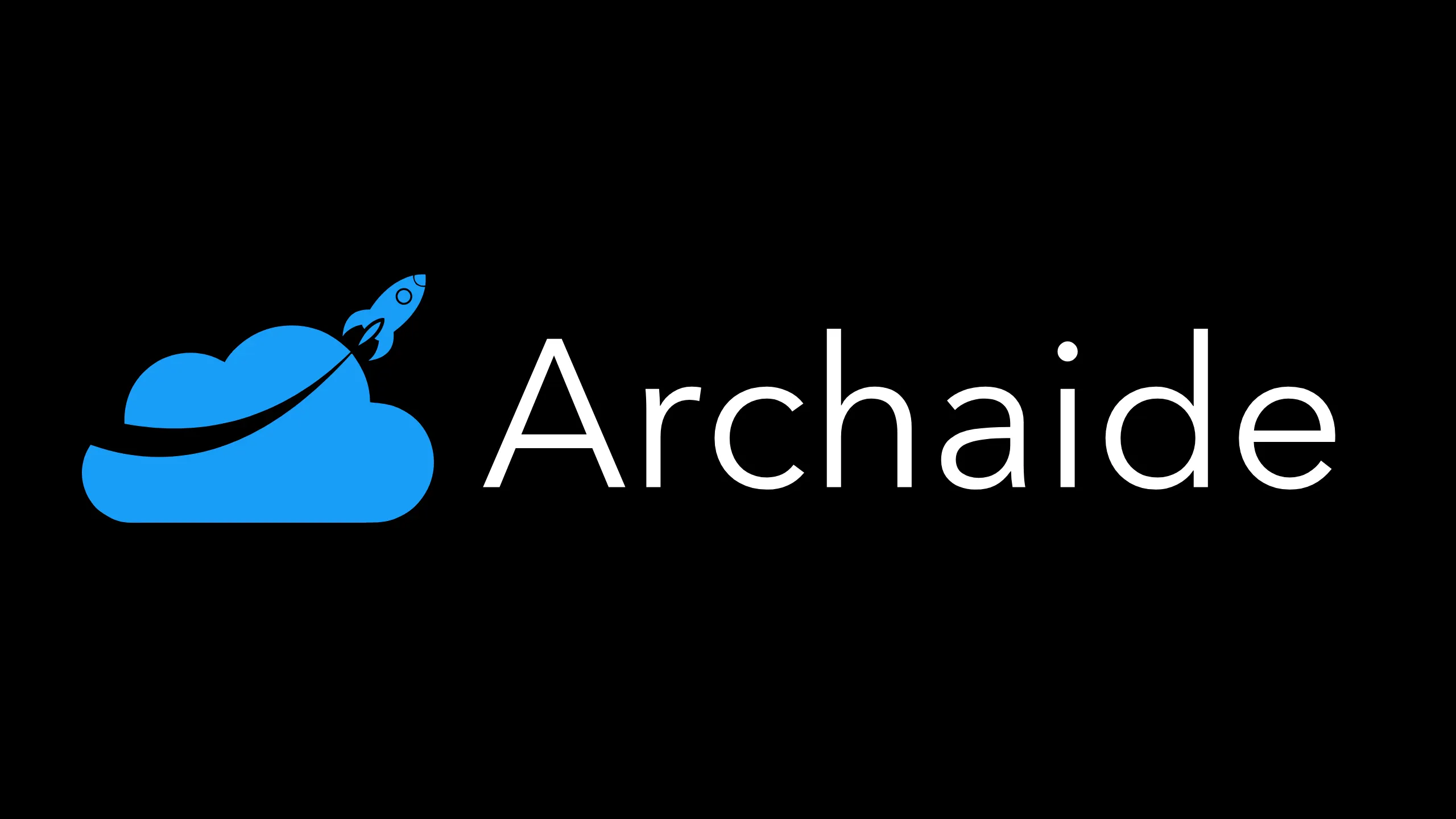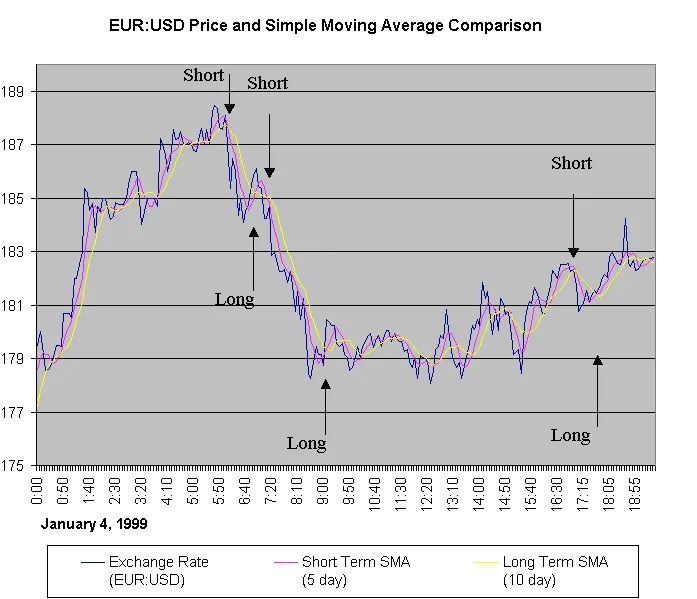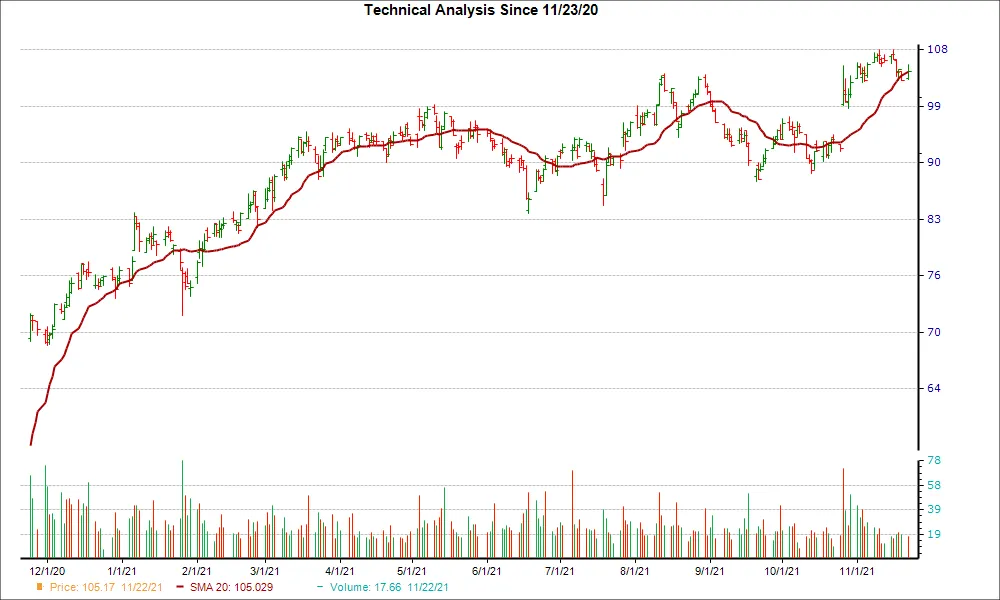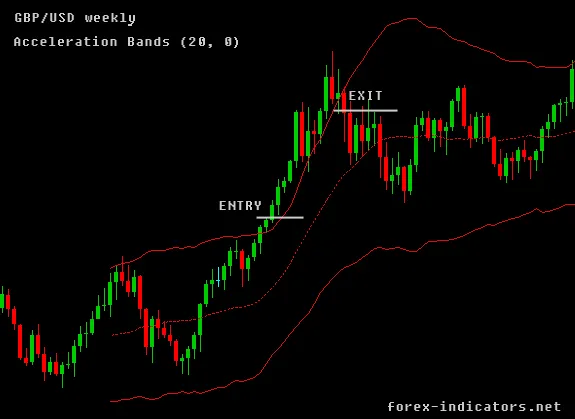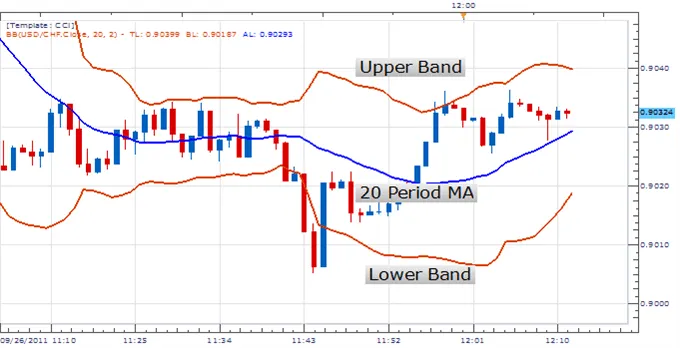What’s the Difference Between Smoothing and Averaging?
By Samantha Baltodano
TL;DR:
Averaging and smoothing are two different techniques that can be used to analyze data and make sense of it.
Averaging is a simple technique that is great for identifying trends in the data. Smoothing is a technique that is used to remove noise from a dataset and make it easier to identify trends and patterns.
Both techniques have their own use cases, and it's important to understand the difference so you can choose the right one for your analysis.
Smoothing vs. Averaging
When it comes to analyzing data, there are a few different techniques you can use to make sense of all the numbers.
Two of the most commonly used techniques are smoothing and averaging. They may sound similar, but they're actually quite different!
Let’s break down the differences between smoothing and averaging so you can choose the right technique for your data analysis needs.
Averaging is a simple technique that you've probably used before, even if you didn't realize it. Essentially, averaging is taking the mean of a set of data points over a certain period of time.
For example, you could take the average of a stock's closing price over the past 20 days. This will give you an idea of the overall trend of the stock over that time period.
Averaging is great for identifying trends in the data, but it can also be affected by outliers, or unusually high or low values.
Smoothing, on the other hand, is a technique that's used to remove noise from a dataset. You see, data is rarely as clean and perfect as we would like it to be. There's often a lot of noise and volatility that can make it hard to see the underlying trends and patterns.
Smoothing is like putting a filter on your data to create a smooth, continuous curve that's less affected by noise.
There are several types of smoothing techniques, such as moving averages, exponential smoothing, and loess smoothing. Each one has its own advantages and disadvantages, but they all have one thing in common: they can help you make sense of messy data.
So, which one should you use? It depends on what you're trying to accomplish with your data analysis.
If you're looking to identify trends and patterns in your data, averaging is a good place to start. But if you're dealing with a lot of noise and volatility, smoothing might be a better choice. It's all about finding the right tool for the job!
Summary
- Smoothing and averaging are two commonly used techniques for analyzing data
- Averaging is taking the mean of a set of data points over a certain period of time, great for identifying trends but affected by outliers
- Smoothing is a technique used to remove noise from a dataset, create a smooth continuous curve less affected by noise
- Smoothing techniques include moving averages, exponential smoothing, and loess smoothing
- Choice of technique depends on what you're trying to accomplish with your data analysis. Averaging is good for identifying trends, while smoothing is better for dealing with noise and volatility.
Like what you read? Check out the rest of our content!
